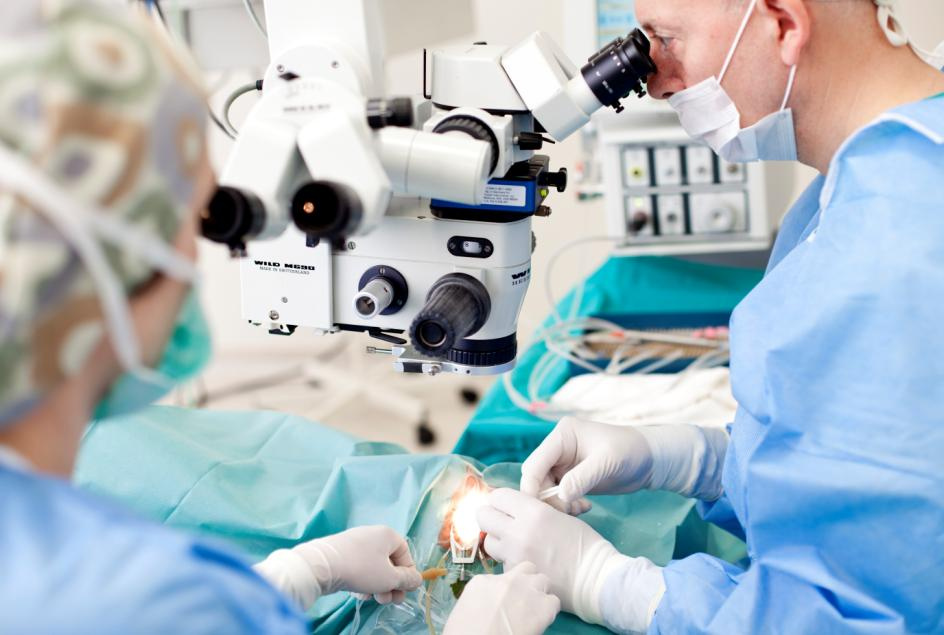
DOCTORS
Dr. ALEXANDER TARNARIDER O.D.
Dr. Alexander Tarnarider is a highly skilled and experienced optometrist with affiliations at Kingsbrook Jewish Medical Center and Staten Island University Hospital, currently serving as President and CEO of Brighton Eye Center.





